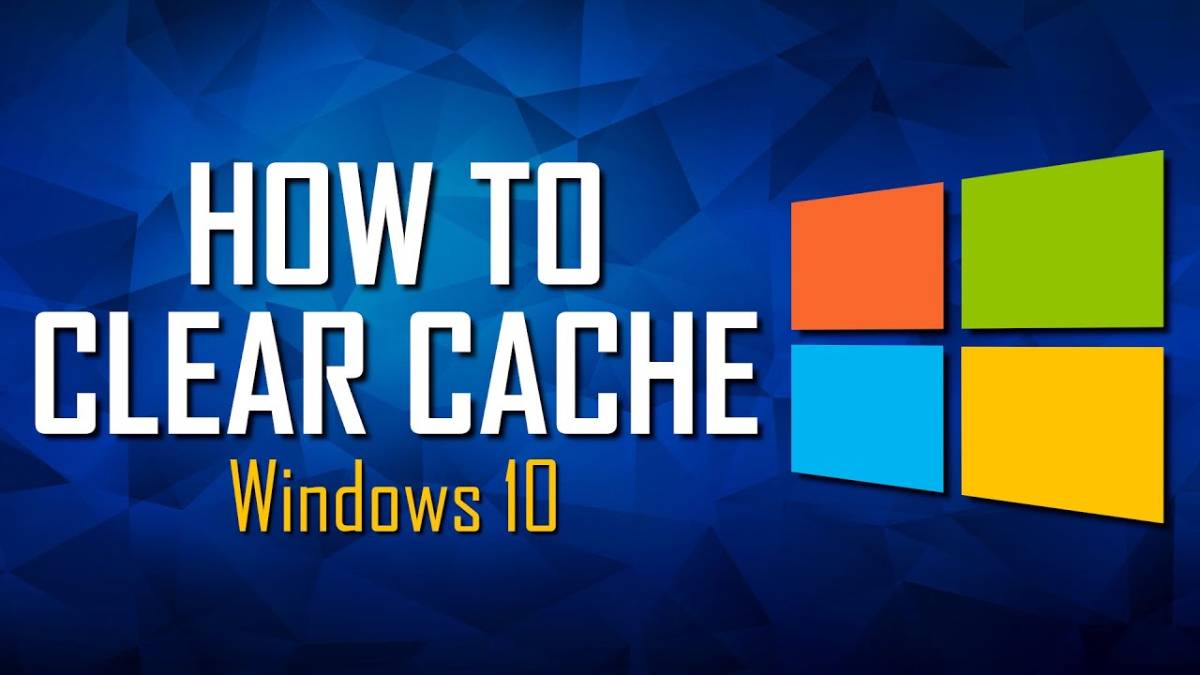If your Windows 10 computer feels sluggish or if you’re running low on storage space, clearing your cache can significantly improve performance. Caches store temporary files that help your system and apps load faster, but over time, they can accumulate and slow things down. This article explores how to clear cache on Windows 10, including different types like system, browser, and RAM caches.
Table of Contents
Why Clear Cache on Windows 10?
Cache files are intended to speed up processes by storing frequently accessed data. However, when too much cache builds up, it can cause the opposite effect:
- Slower performance
- Application errors
- Low disk space
- System instability
Regular cache clearing is a simple yet effective way to maintain your PC’s health.
1. How to Clear Cache on Windows 10 Using Disk Cleanup
The built-in Disk Cleanup tool is one of the easiest ways to clear system cache:
Steps:
- Press Windows + S, type Disk Cleanup, and hit Enter.
- Select the drive you want to clean (usually C:).
- Click OK to allow the tool to calculate potential space savings.
- In the list, check Temporary files, Thumbnails, System created Windows Error Reporting, and other cache options.
- Click OK then Delete Files.
2. Clear Browser Cache
Browser caches can take up a lot of space and slow down browsing. Here’s how to clear it in popular browsers:
Microsoft Edge:
- Go to Settings > Privacy, search, and services
- Under Clear browsing data, click Choose what to clear
- Select Cached images and files and click Clear now
Google Chrome:
- Click the three dots in the top-right > Settings
- Go to Privacy and security > Clear browsing data
- Choose Cached images and files > Click Clear data
3. How to Clear RAM Cache on Windows 10
RAM cache stores data temporarily in your memory for quick access. While Windows manages this efficiently, manually clearing RAM can help in some cases.
Methods:
- Restart Your PC
The simplest and most effective method to clear RAM cache.
- Using a Script
- Open Notepad
- Paste:
bat
CopyEdit
%windir%\system32\rundll32.exe advapi32.dll,ProcessIdleTasks
- Save as ClearRAM.bat
- Run the file as Administrator
4. Clear DNS Cache
Flushing the DNS cache can fix internet connectivity issues.
Steps:
- Press Windows + R, type cmd, and hit Enter
- In the Command Prompt, type:
bash
CopyEdit
ipconfig /flushdns
- Press Enter
5. Clear Microsoft Store Cache
If Microsoft Store isn’t working correctly, try clearing its cache:
- Press Windows + R, type wsreset.exe, and press Enter
- A blank Command Prompt window will appear; wait until it disappears and the Store opens again
Final Thoughts
Knowing how to clear cache Windows 10—whether it’s system, browser, or RAM cache—can help keep your computer running smoothly. For regular maintenance, schedule Disk Cleanup or use third-party tools like CCleaner for advanced cache management.

